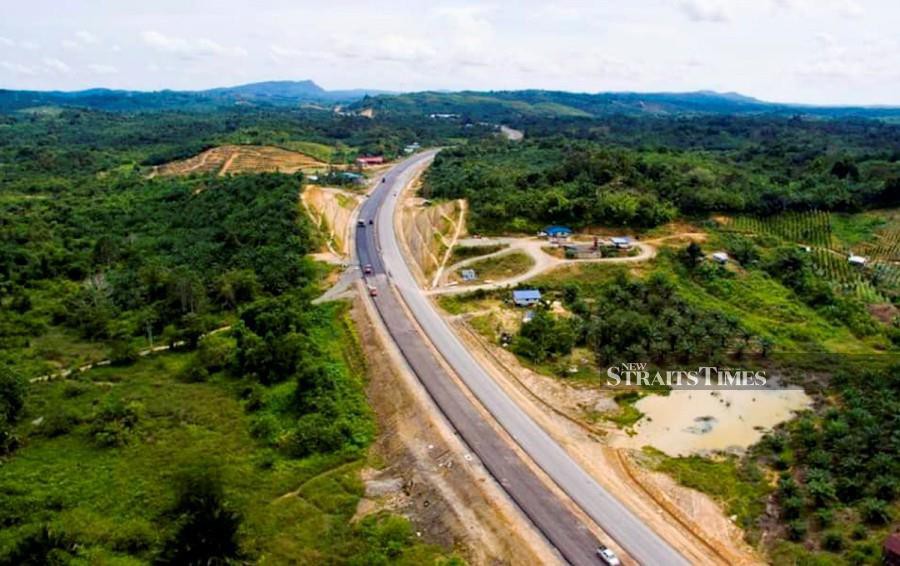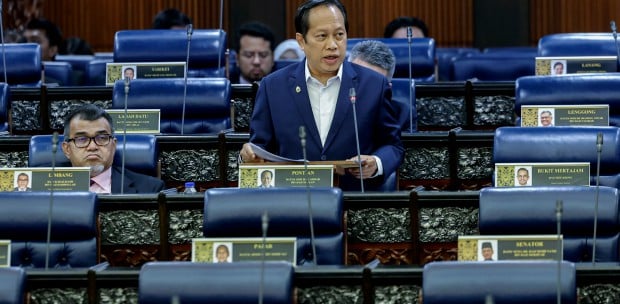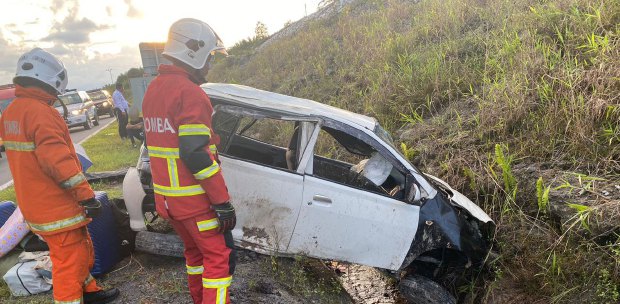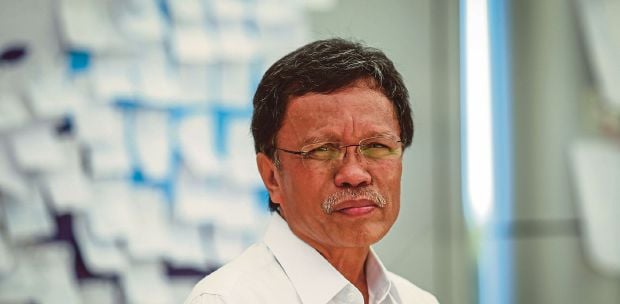Borneo, the world's third largest island, boasts one of Earth's oldest rainforests.
It accounts for just one per cent of the planet's landmass yet holds approximately six per cent of the Earth's variety of plant and animal species, including such charismatic creatures as Bornean orangutans, clouded leopards, pygmy elephants and rhinoceros, as well as giant pitcher plants and Rafflesia flowers.
Forest conversion and degradation over the years have threatened the integrity of rainforests. The World Wide Fund for Nature (WWF) listed Borneo among the deforestation hotspots and planetary warming has made it vulnerable to forest fires.
It was to the great credit of the governments of Brunei, Indonesia and Malaysia when they established the "Heart of Borneo" (HoB) conservation area in 2007, one of the largest transboundary rainforests in the world — 22 million ha (the size of England and Scotland combined). It was a triumph of environmental diplomacy and a demonstration of political will at the highest level.
Sultan Hassanal Bolkiah of Brunei declared that "being part of Borneo and in our effort to retain ecological connectivity and to conserve a large tract of forest resources, we have committed 58 per cent of our land under HoB management".
Then Indonesian president Susilo Bambang Yudhoyono said: "Our tropical rainforests have a strategic, global function... they produce oxygen and absorb carbon dioxide not just for Indonesians but for the human race."
Former Malaysian prime minister Tun Abdullah Ahmad Badawi said: "The HoB is an Asean project which is good for research and activities that lead towards forest protection."
Today, 14 years after its inauguration, how is the HoB faring? Unsurprisingly, there is tremendous pressure to develop Borneo at the expense of the environment, particularly in Sabah and Sarawak, and in Kalimantan, Indonesia.
A study cited by the United Nations Environment Programme (UNEP), however, showed that the expansion of oil palm and pulpwood plantations has been declining since 2012.
Also noted in a report this year by the Brunei-Indonesia-Malaysia-Philippines East Asean Growth Area, Brunei has preserved its rainforests, which comprise about 70 per cent of its territory, through restrictions on logging since the 1990s. The country is promoted as an ecotourism destination.
Regional and national efforts to protect rainforests include low-carbon growth measures, payment for ecosystem services, public-private conservation programmes and promoting renewable energy investments.
But, all is not well with the HoB. Last month, Mongabay, a non-profit environmental science and conservation news site, reported that with Indonesia planning to shift its capital from Jakarta to the Bornean province of East Kalimantan, infrastructure development pressures on the island had intensified.
Malaysia, meanwhile, is adding new stretches to the Pan Borneo Highway, which could spur economic development in remote villages but carve into protected areas in the HoB, opening them up for resource extraction.
In particular, the roads could fast-track development of a new "oil palm belt" with disastrous consequences for the wildlife and indigenous peoples of Borneo, and for the global climate.
The perceived conflict between conservation and development, especially in mega-diverse developing countries like Indonesia and Malaysia, is nothing new, especially as we grapple with meeting the aspirations of the UN 2030 Development Agenda.
But, we have to achieve socio-economic development while protecting our biodiversity, bearing in mind, too, those pandemics, including our current Covid-19 health and economic disasters, are linked to the destruction of natural habitats.
All too often conservation, specifically protected areas, has wrongly been considered at odds with economic growth and sustainable development. However, there is now a growing body of work that highlights a correlation between expanded, well-managed conservation and sustainable economic development, both in terms of gross domestic product and ecosystems services, as well as non-monetary benefits such as cultural, mental and physical wellbeing.
Last year, a report by more than 100 experts worldwide found that protecting 30 per cent of the world's land and ocean will provide greater benefits than the status quo in terms of financial outcomes and non-monetary measures, like ecosystem benefits. And these benefits outweigh the costs by a factor of at least 5 to 1.
And this year, Cambridge University economist Partha Dasgupta made the most compelling case yet for treating natural capital as an economic asset, as was done for human capital.
With this in mind, we warmly welcome the statement by Energy and Natural Resources Minister Datuk Seri Takiyuddin Hassan at his first press conference on Sept 1 that the HoB will continue to protect forest ecosystems and biodiversity.
We owe it to ourselves to make sure that happens.
The writer is a senior fellow of the Academy of Sciences Malaysia and ambassador and science adviser to the Campaign for Nature. He is the 2017 Asean Biodiversity Hero from Malaysia






